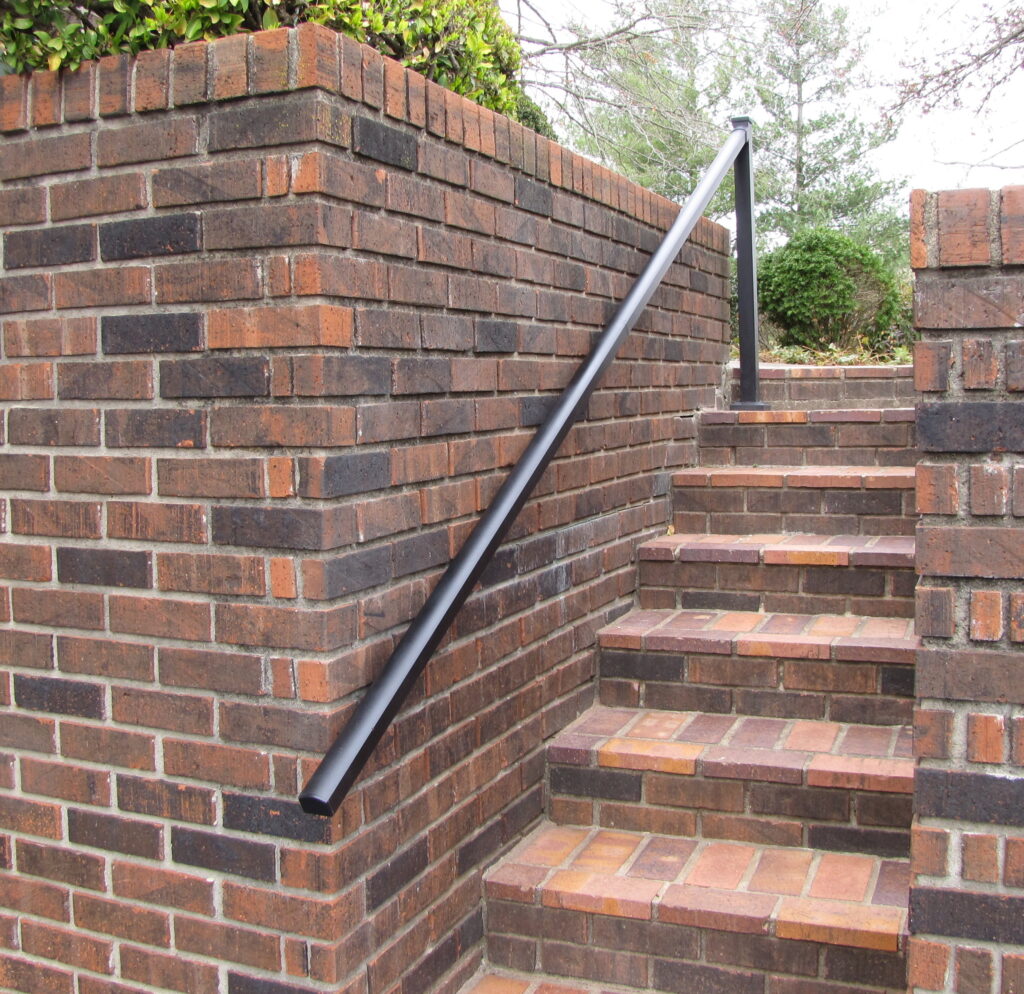AHD Blog
Are Handrails Required on Both Sides of Stairs?
When you’re installing handrails on a set of stairs, it’s important to make sure they’re accessible and usable for the people who need them. However, it’s not always easy to predict what’s needed and why, which is why discussing handrail guidelines is important. Are handrails required on both sides of stairs?
Are Handrails Required on Both Sides of Stairs?
Handrails are simple pieces of safety equipment, but they do an important job. If installed and maintained correctly, handrails provide stability and accessibility to everyone that wants to enter a public or private space. This is important for people who have mobility issues, but it’s also just important for anyone who is trying to navigate a stairway safely. If you’ve ever tripped on a stair and grabbed a handrail to keep yourself from falling, you know exactly why handrails are so important.
Because handrails have an important job, there are lots of rules and regulations about how they should be installed in public and private spaces. Many of these rules are common sense, but some of them are not. For example, have you ever wondered why most stairways have railings on either side? Are handrails required on both sides of stairs?
Handrail Requirements You Should Know
In order to answer this question, let’s take a look at the two main pieces of legislation that require handrails in public and private spaces. The Americans with Disabilities Act (ADA) is a collection of regulations that is intended to give everyone access to the spaces they need, regardless of physical or mental ability. The ADA applies to nearly every public space in the United States and also applies to some private spaces like apartments and other housing. On the other side, we have the Occupational Health and Safety Administration (OSHA) accessibility standards for workers and laborers. OSHA provides similar access to the ADA, but it’s focused on workplace safety. If you have employees or manage a space that employees regularly use, you should be aware of OSHA as well.
Both the ADA and OSHA require public and private spaces to have handrails on both sides of a stairwell. This is because for people with balance and mobility issues, leaning on a wall to maintain their balance is simply not a safe way to navigate a stairwell. There are also times when having a handrail on just one side of a stairwell will make it inaccessible to people who need it. For example, if a staircase experiences a lot of traffic, a railing on just one side may not provide support to everyone who needs to use it. Having an appropriately installed handrail on both sides of a stairwell ensures that anyone who needs the support of a handrail can rely on it.
Do I Need a Handrail on Both Sides of My Staircase in My Own Home?
Understanding ADA and OSHA expectations is helpful, but you still might be wondering if this applies to your own residence or private space. The answer to that question often relies on your local building codes and other regulations. However, you should be aware that not having adequate handrails may be a building code violation. This can cause a home to fail an inspection, or even worse, create liability for a homeowner if an accident occurs. Be sure to check your local codes and regulations before making the decision.
_____
Are handrails required on both sides of stairs? In public spaces, the answer is most likely yes. In residential situations, it varies.
If you need a new handrail for your stairs, give us a call. At Aluminum Handrail Direct, we are committed to providing high-quality aluminum handrails that are durable, maintenance-free, affordable, and attractive. If you have questions about aluminum handrails or if you are searching for a handrail system that fits your needs, call us at 417-409-3179 or 888-518-9890 (toll-free) or visit Aluminum Handrail Direct’s online store today. We offer handrails, wall mounts, mounting screws and anchors, touch-up spray paint, and much more. We look forward to hearing from you!


